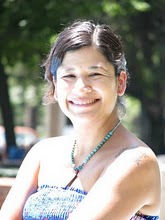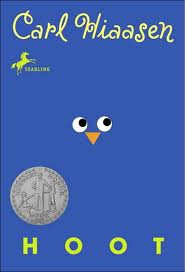The following blog features twenty core titles of Contemporary Realistic Fiction for Tweens. The titles illuminate everyday life as they present social and human concerns. Contemporary realistic fiction features plausible stories set in today’s world (Contemporary Realistic Fiction, p203).
When selecting quality contemporary realistic fiction titles we paid strict attention to the plausibility of the books’ characters, plot and setting. The characters need to feel familiar to the reader; the reader feels like they know them and/or identifies with them. In addition, the plot must consist of places, events and actions that occur in everyday life (Contemporary Realistic Fiction, p189).
As Naked Reading by Teri Lesesne points out Tweens experience psychological, physical and emotional transitions as they approach their teen years (Lesesne 2006, p11). Contemporary realistic fiction provides Tweens with the opportunity to see their lives reflected within the pages as they relate to and learn with characters. Contemporary realistic fiction explores a diverse array of subjects, including, coming- of- age, bullying, friendships, and family relationships; and sensitive issues, such as, death and abuse.
The titles selected for this blog explore a number of issues that provide Tweens with relevant lessons for their lives and inspirational characters to relate to. These twenty titles are each examples of meaningful, substantial and lasting work. Many of the titles are award winners and all of them are well reviewed.
**Bibliography:Lesesne, T.; (2006). Naked reading. ME: Stenhouse Publishers.
Unknown, Contemporary realistic fiction, ch. 7. Retrieved from http://www.wadsworthmedia.com/marketing/sample_chapters/0534555446_ch07.pdf
Blog contributors:
Patrick
Suzanne
Rachelle
Melina



















